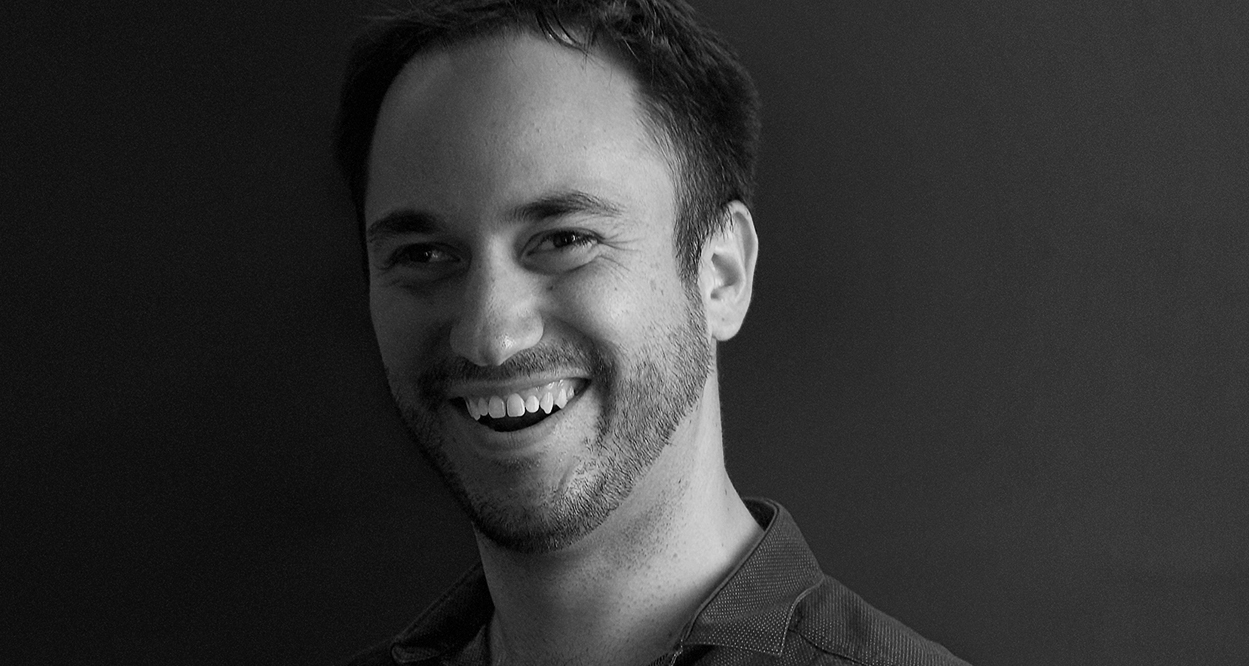
Stockholm-based designer Jared Fossey offers advice on how to approach Human-centred Design—in everything we do.
What can I possibly write about Human-centred Design that hasn’t already been written or said? Some of the world’s most respected designers have talked on and around this topic for well over ten years, and it goes by many names: Customer-centred Design, Design Thinking, Participatory Design, User-centred Design—some even throw in the “I” word (Innovation).
Most designers, whether they dogmatically follow a particular methodology or not, will adhere to the basic tenets of Human-centred Design, which is—for any project circumstance or brief—to identify the ‘humans’ that will be affected by the ‘thing’ being designed; to identify or hypothesise those people’s needs; and to use those needs to inform design decisions while creatively, working through possible solutions.
So rather than talk about a ‘methodology’—something that has been so wonderfully theorised and argued about by countless experts before me (for reference here’s some examples Stanford d.school, IDEO, Frog)—I thought I’d use the opportunity to drop a quick reminder:
Human-centred Design can be applied to anything—at least anything a human interacts or engages with.
Human-centred Design can be applied to anything—at least anything a human interacts or engages with.
Since explaining a methodology is used to describe how design works to non-designers, it’s worth taking the same approach in other, unexpected environments. For example, it’s easy to see how to apply Human-centred Design in a big, landmark project. But the challenge is to actually do this in everything we do. There’s no reason why we can’t apply the same tenets when putting together a monthly report, a sales email, or a pitch presentation, by following the principles applied to Human-centred Design. For example:
Who is my audience?
– Is it my boss?
– Is it that new prospective client I’ve been talking to?
– Is it a room full of investors who don’t know my subject area?
What action do I want them to take?
– Do I want them to understand the numbers clearly and have confidence in my business unit?
– Do I want them to be excited enough to book in a demo?
– Do I want them to invest, or book a 1-on-1 lunch to discuss things further?
What do they want out of this?
– Do they want to read the report in less than 30 seconds?
– Do they want to feel like they’re in control?
– Do they want to make a smart investment at the right time?
How might I create a solution for this?
– How can I create an accurate representation, one that shows enough detail but which can be read comprehensively on a single page?
– How can I build an email or an invitation that makes my prospect feel like they’re shopping, rather than being sold to?
– How can I construct a generic pitch presentation to single out the investor/s from within a larger audience who are most aligned with my opportunity?
It doesn’t matter what you’re doing. And it doesn’t matter how ‘un-sexy’ it is. Following a Human-centred Design process will give you a far better rate of success, because you build it in a way that solves other people’s problems. You make it about the customer—not you.
Image credit:
Jared Fossey portrait photograph supplied by Jared Fossey.